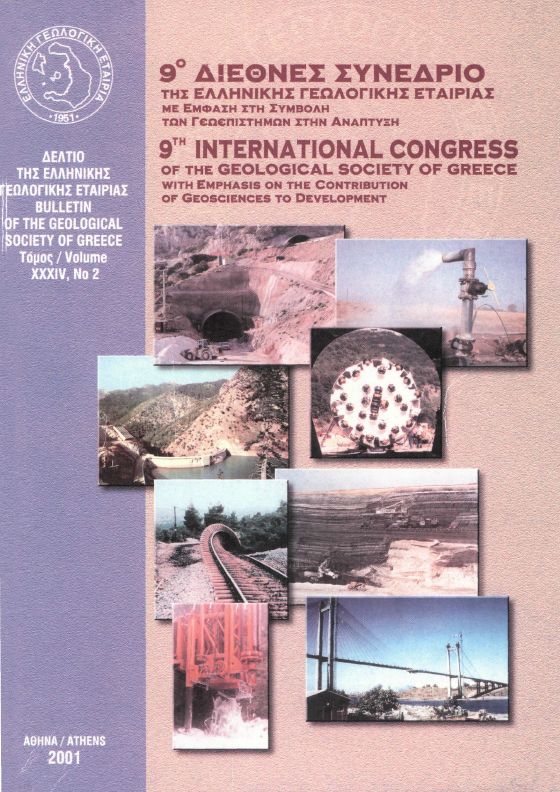The interpretation of seismic facies in the molassic deposition of Preadriatic Foredeep

Abstract
The purpose of this article is to illustrate the principles of seismic facie analysis used in the interpretation of sedimentary rocks, in siliciclastic deposits, especially in molassic one. The recognition and definition of a seismic facies and the analysis of its vertical evolution (facies associations) lead to an environmental interpretation, which can give useful information on both sedimentary facies and reservoir characteristics. With this aim, the major depositional systems, from continental to deep marine, and the depositional elements in which they can be subdivided, will be briefly overviewed in terms of extension, geometry, continuity and lateral variations. For each of these systems, it is pointed out, the major physical active processes during the deposition, the resulting sedimentary structures and their vertical and lateral evolution. The comparison between the environmental interpretation derived from bottom cores, well - logs and that derived from the current depositional models, is used to predict the nature and distribution of reservoir and sealing rocks.
Article Details
- How to Cite
-
GJIKA, A., GURI, S., GURl, M., GJIKA, M., & TRIFONI, E. (2001). The interpretation of seismic facies in the molassic deposition of Preadriatic Foredeep. Bulletin of the Geological Society of Greece, 34(4), 1493–1501. https://doi.org/10.12681/bgsg.17248
- Section
- Seismology

This work is licensed under a Creative Commons Attribution-NonCommercial 4.0 International License.
Authors who publish with this journal agree to the following terms:
Authors retain copyright and grant the journal right of first publication with the work simultaneously licensed under a Creative Commons Attribution Non-Commercial License that allows others to share the work with an acknowledgement of the work's authorship and initial publication in this journal.
Authors are able to enter into separate, additional contractual arrangements for the non-exclusive distribution of the journal's published version of the work (e.g. post it to an institutional repository or publish it in a book), with an acknowledgement of its initial publication in this journal. Authors are permitted and encouraged to post their work online (preferably in institutional repositories or on their website) prior to and during the submission process, as it can lead to productive exchanges, as well as earlier and greater citation of published work.




